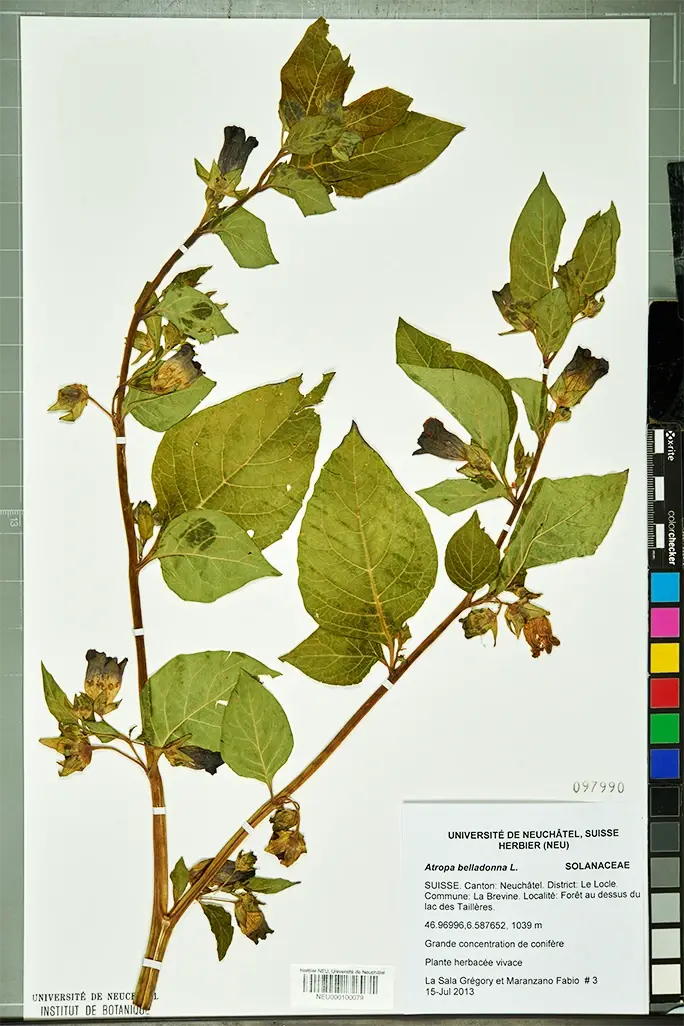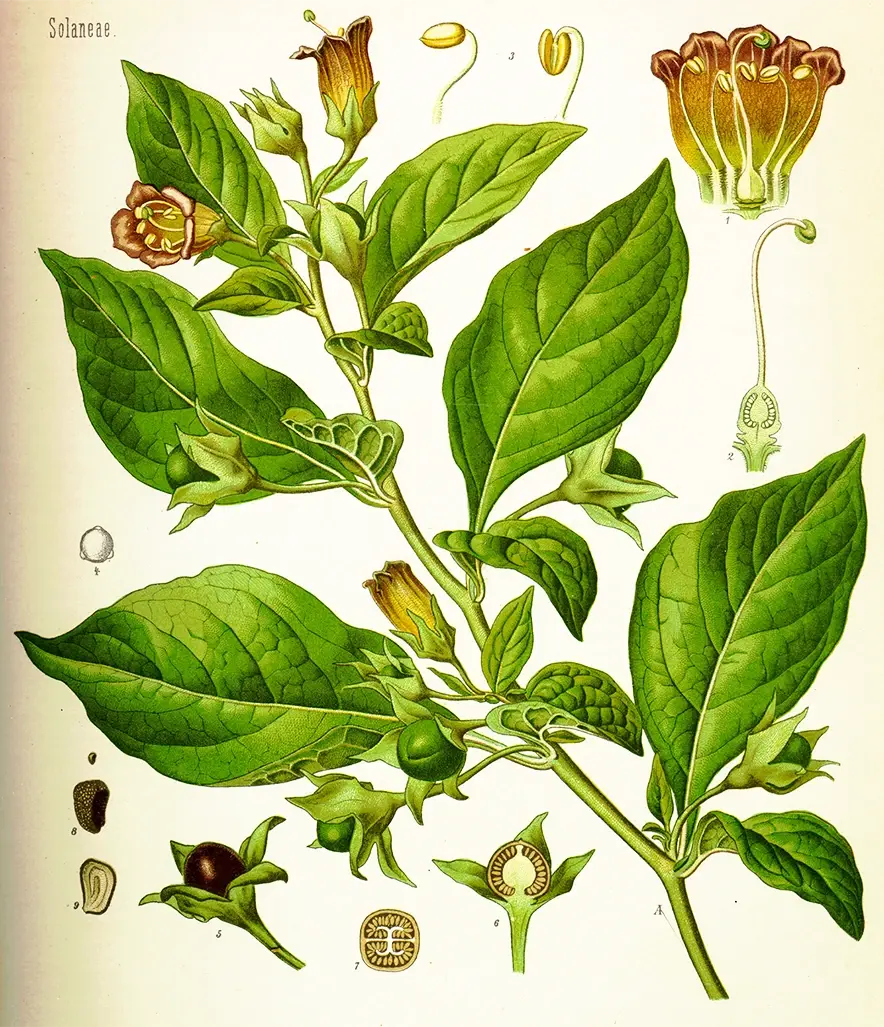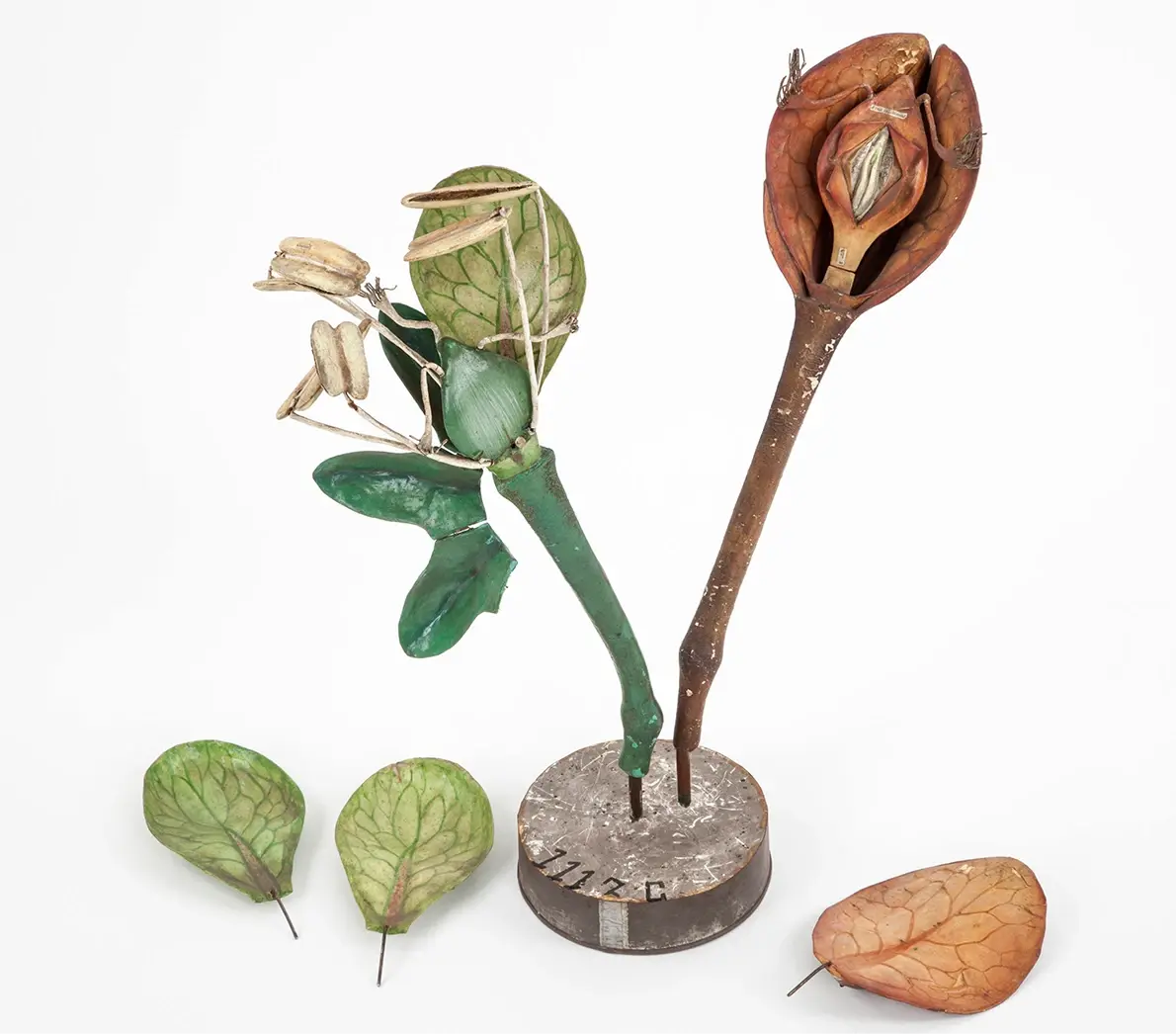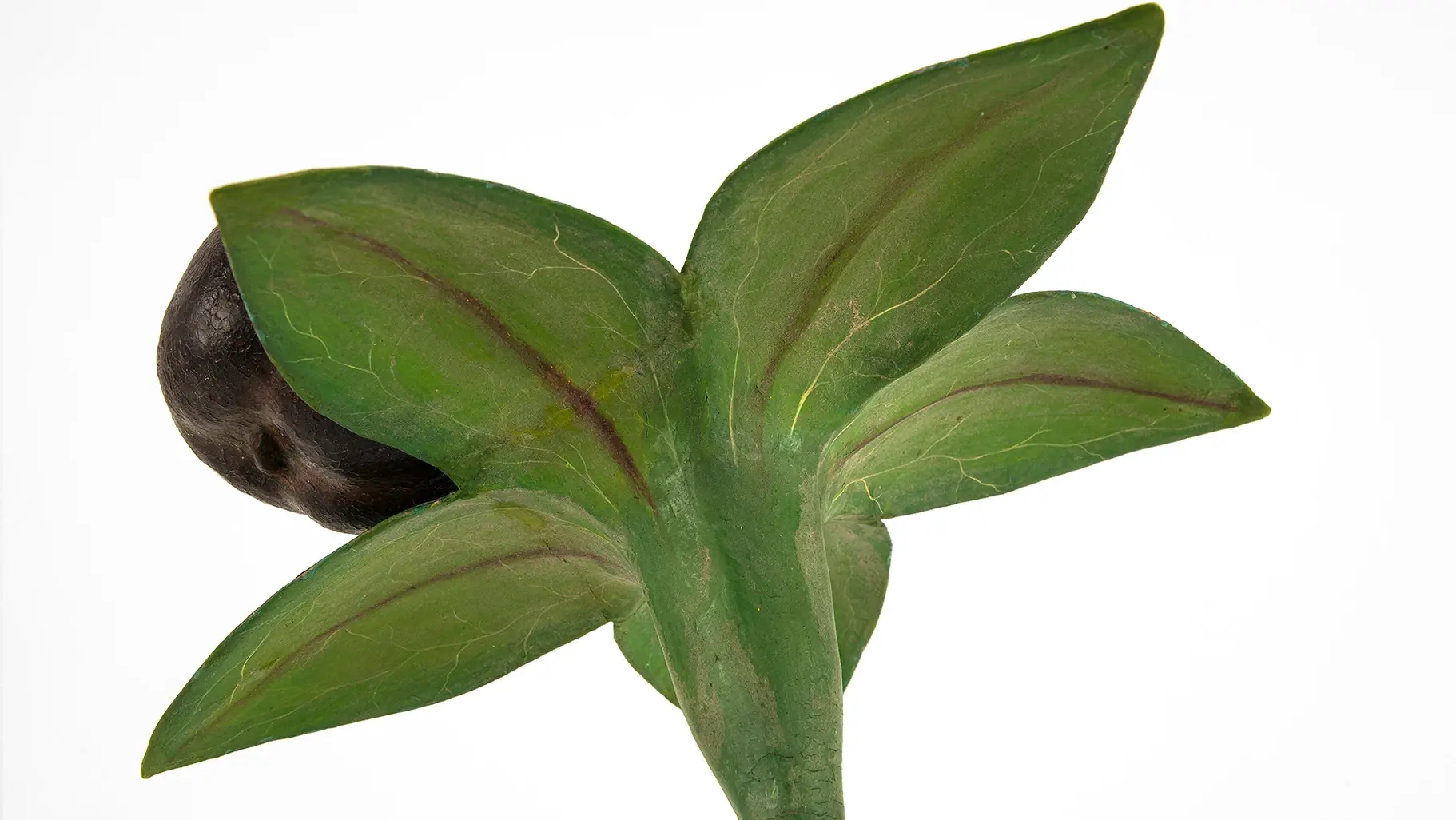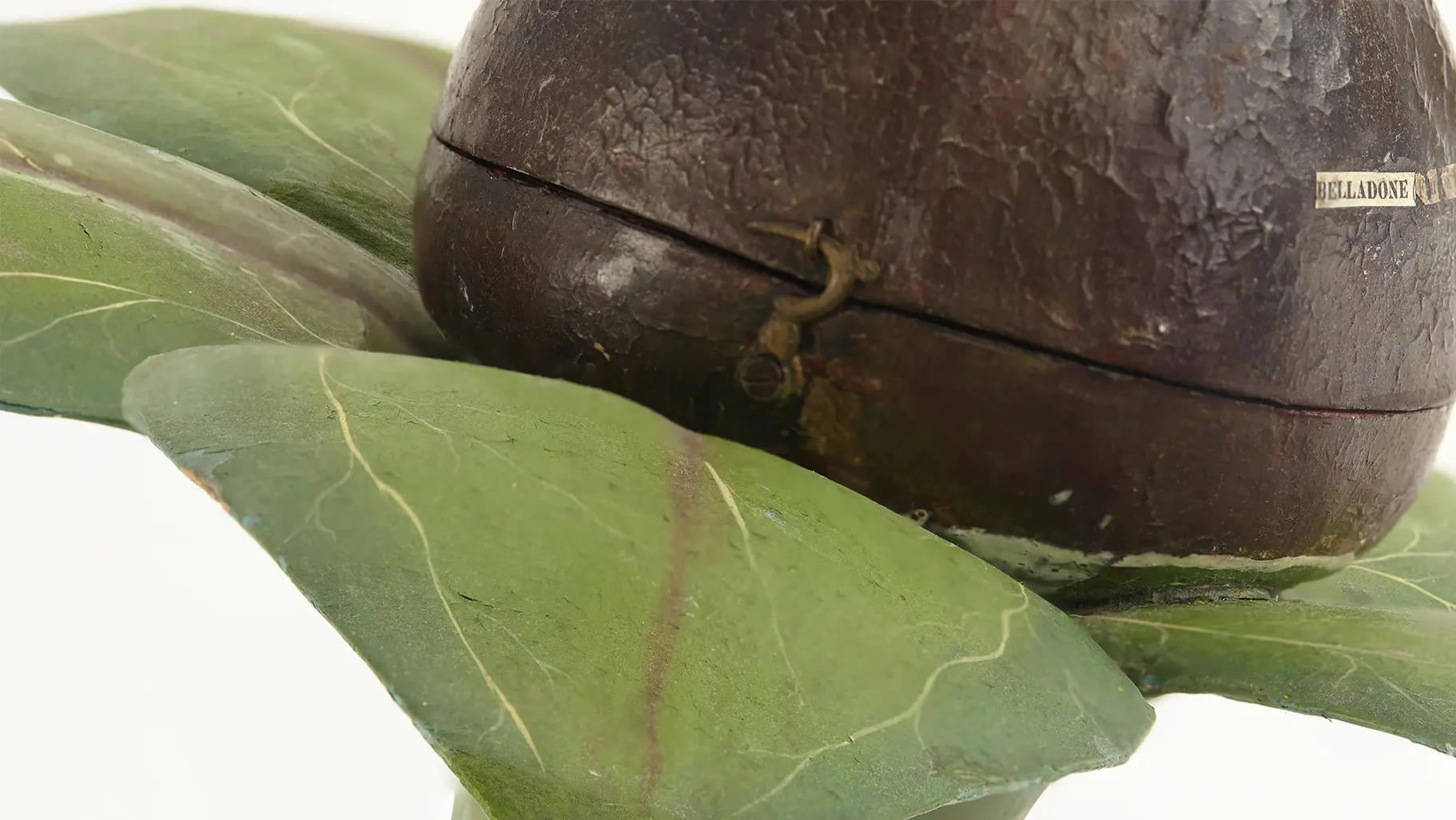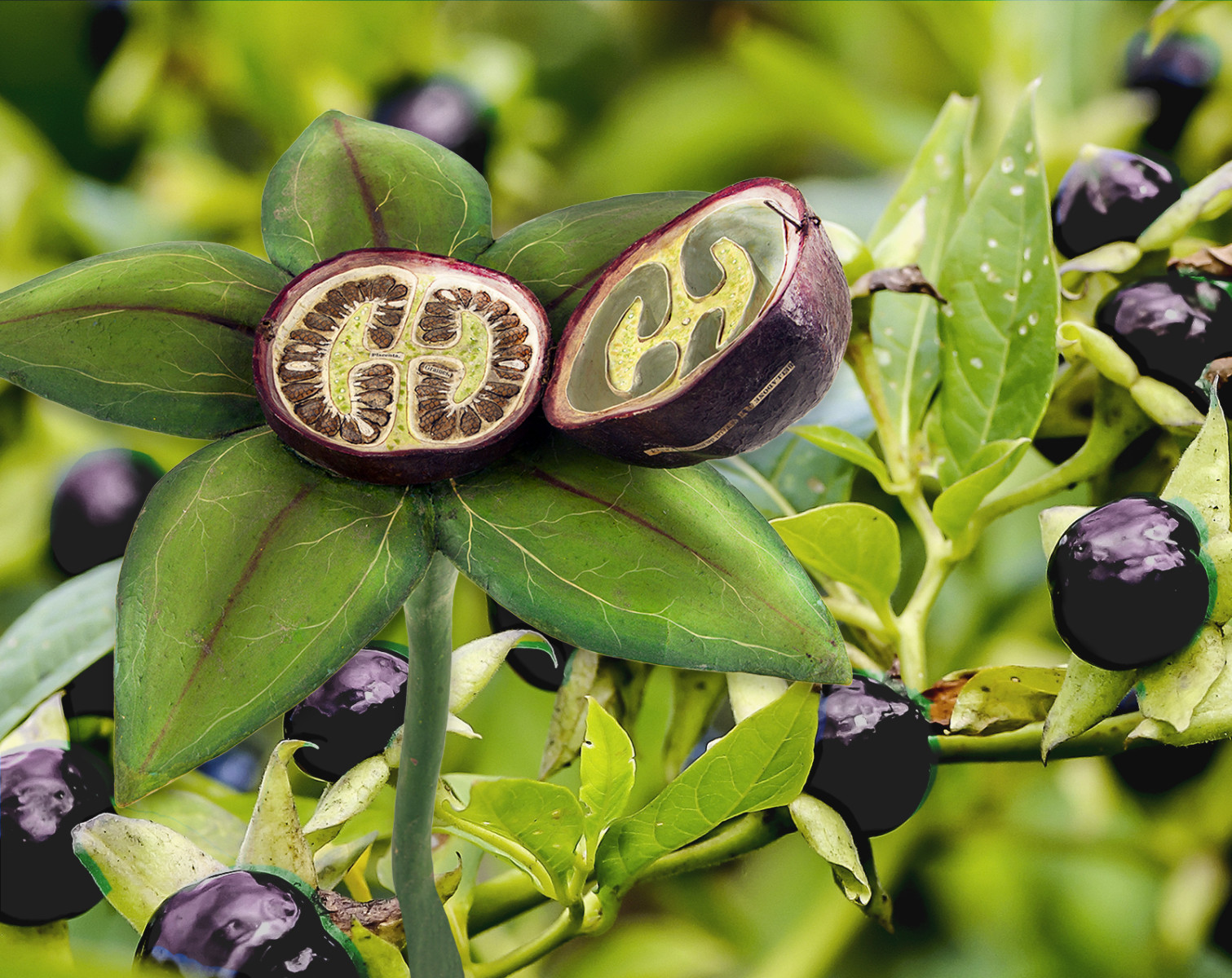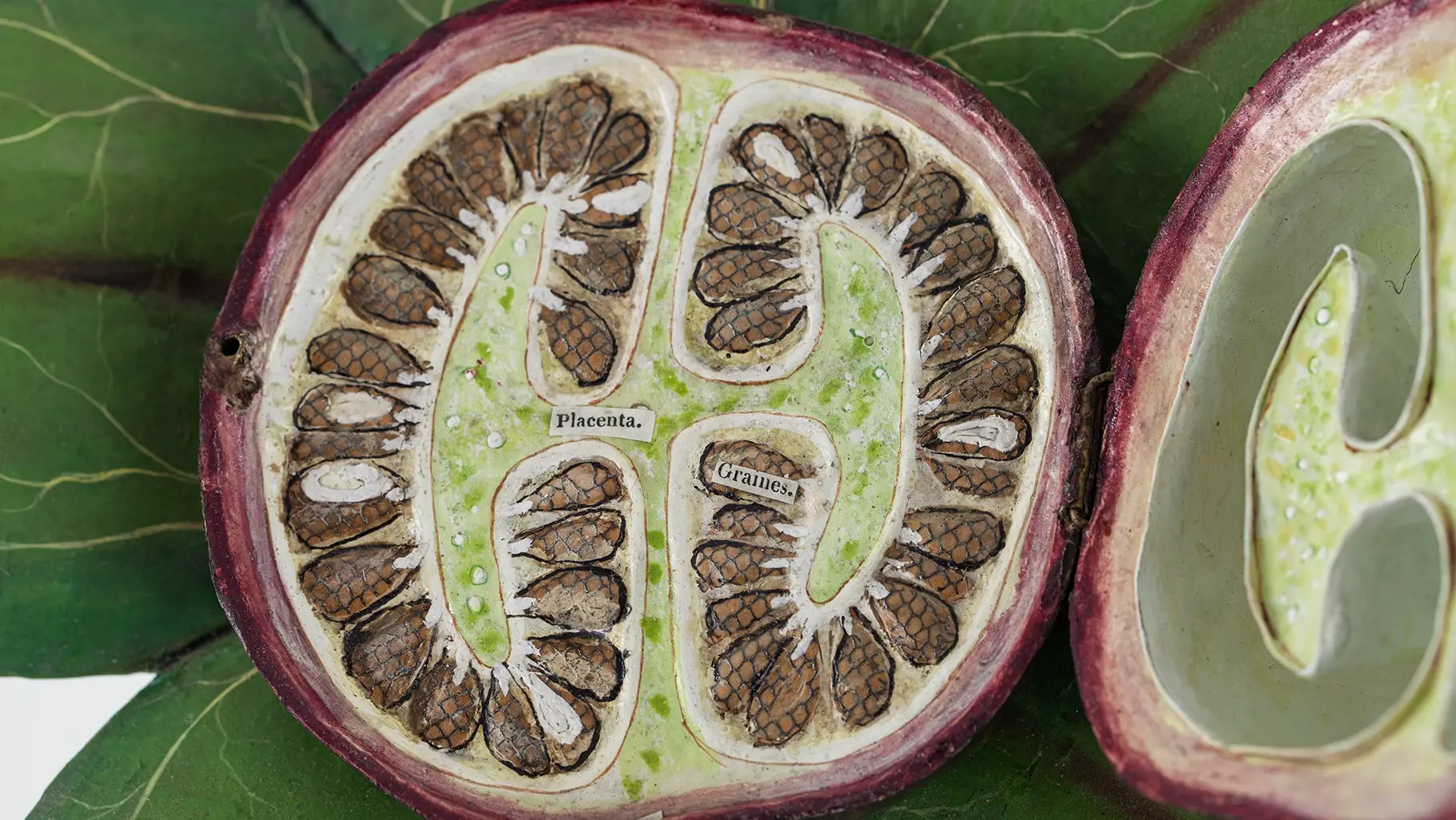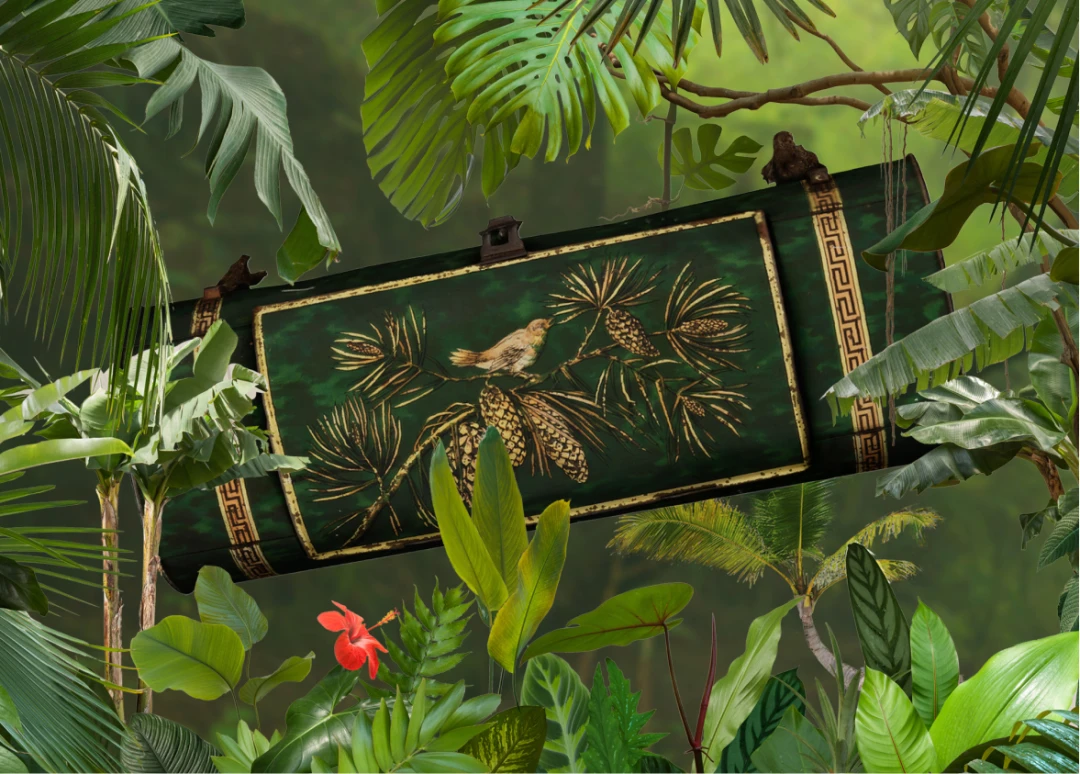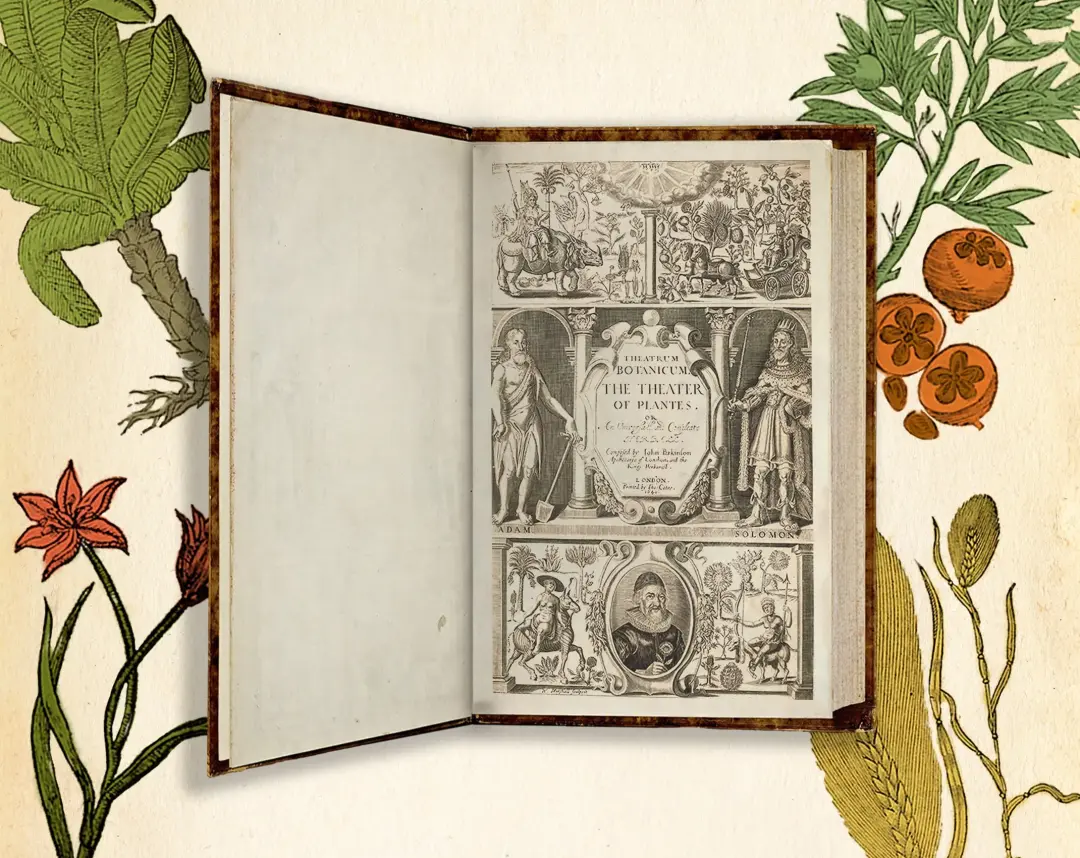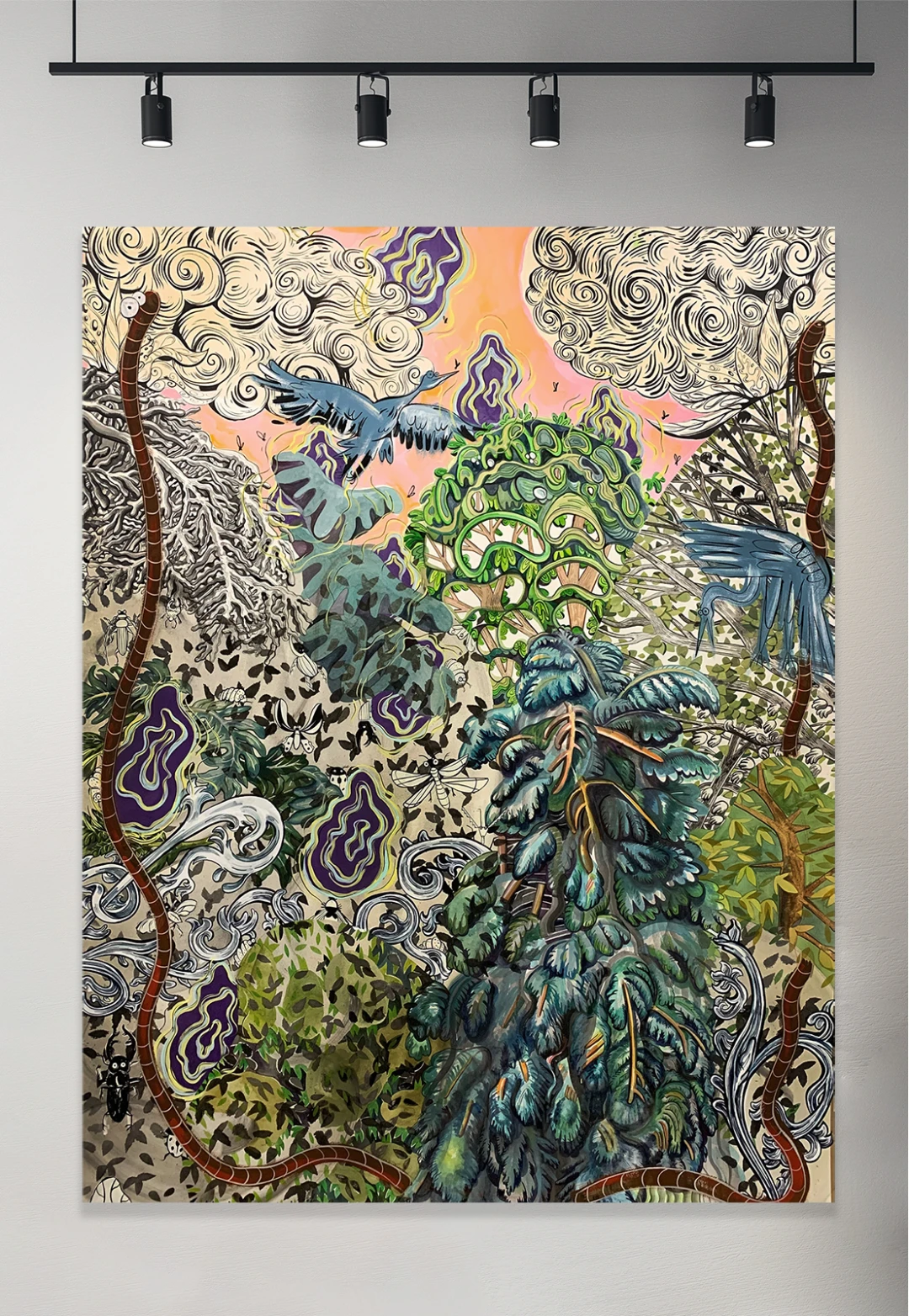What does the name of a plant mean?
Atropa belladonna is an intriguing plant! Some call it devil's berries or deadly nightshade because it can be deadly to humans. Interestingly, some animals like rabbits and birds can eat it without getting sick!
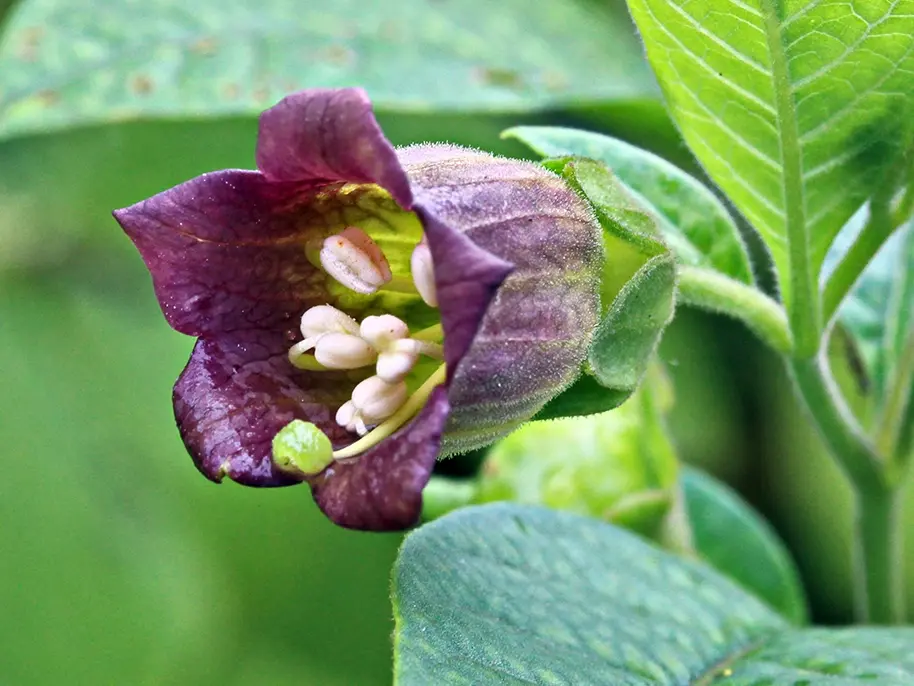
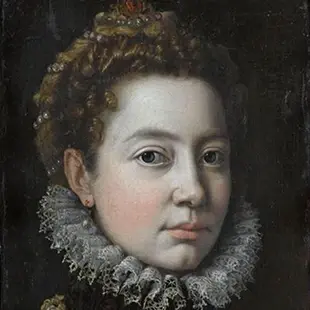
Belladonna beauty
Belladonna means "beautiful woman." Women in the Renaissance used the plant to look prettier. They put tiny drops of juice from the berries and leaves in their eyes to make their pupils bigger and on their cheeks to make them rosier. The Renaissance was a time of great art and science in Europe. Like the woman in this portrait, they wanted to look their best!
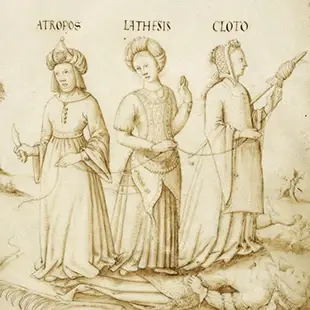
Inflexible Atropos
Atropos means “inflexible” in Latin. It’s also the name of a Greek goddess. She is one of the three Fates and has the power to decide on life and death. . In the picture above, she is holding a knife to cut the thread of life. If you come across a plant or insect with Atropos in its name, be careful because it might be deadly!
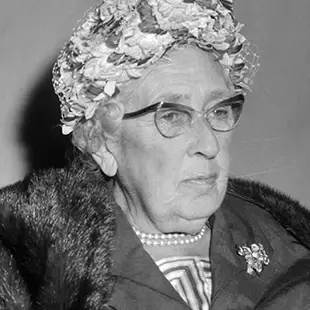
Belladonna drops
Atropa belladonna causes the heart to beat very fast and makes it difficult to breathe - it can be deadly. Agatha Christie studied its effects and wrote about it in her books *The Big Four* and *A Caribbean Mystery*. Can you match the detective skills of Miss Marple and Hercule Poirot and find out which kings and emperors were killed with belladonna?
Poison or remedy?
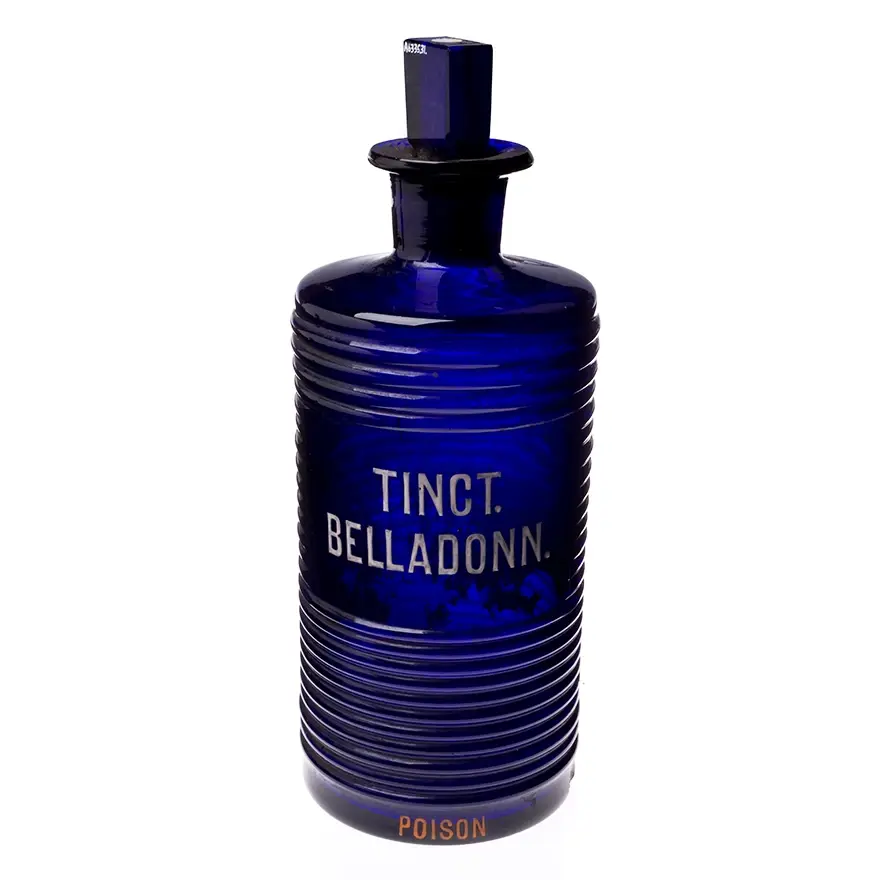
500 years ago, a Swiss doctor named Paracelsus saw that whether something is toxic or helpful depends on the dose. A tiny bit of belladonna could make pupils bigger for eye exams or help with stomach cramps and motion sickness.
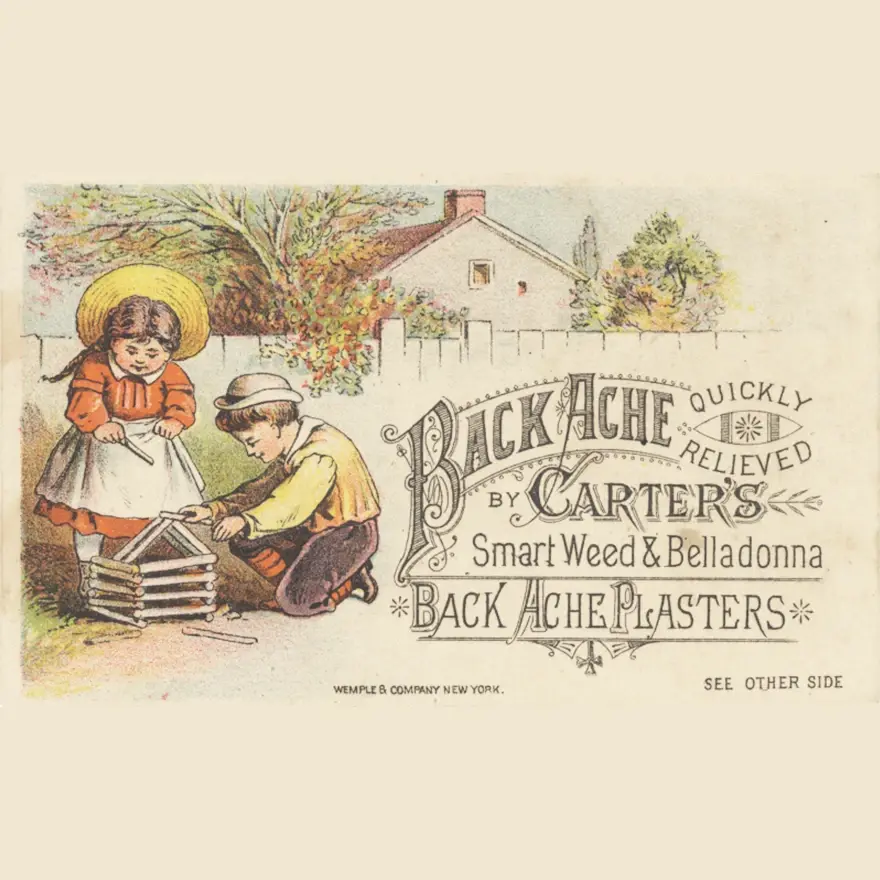
Advertisment Belladonna Plaster
A long time ago, people used sticky bandages with belladonna on them for pain. We don't use them anymore, as they can make people sick.
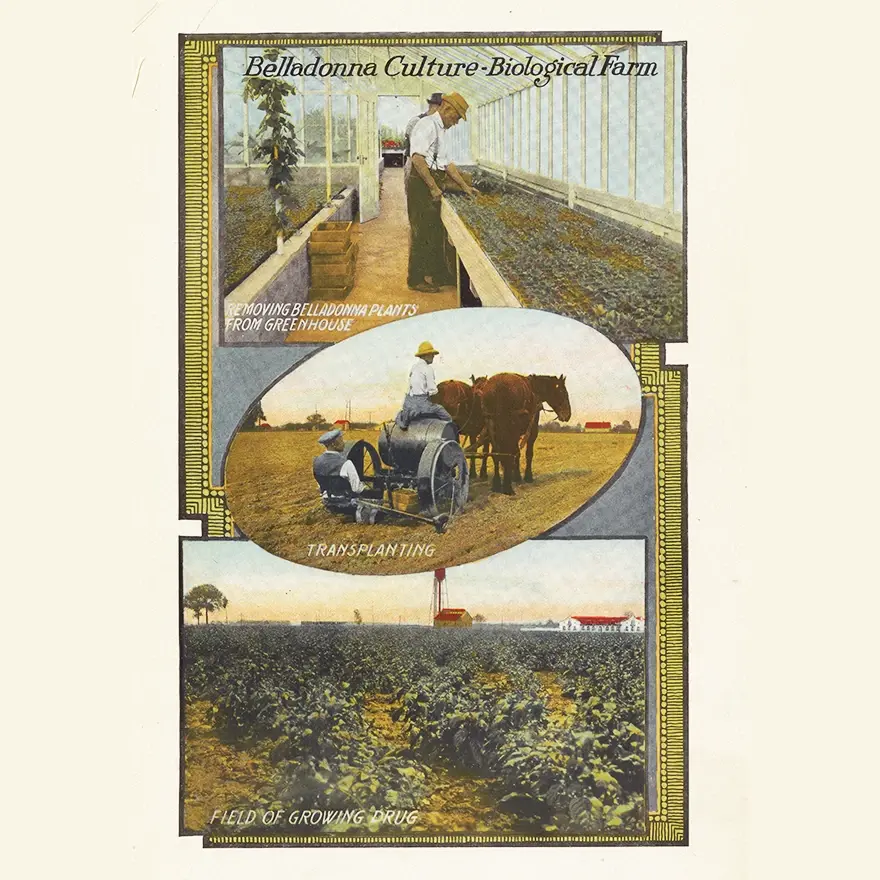
Drug companies used to grow Atropa belladonna to make medicine. Although some medicines still use parts of the plant, people are now more cautious about safety.
How we learn about plants
Dr. Louis Auzoux
A French doctor named Louis Auzoux (1797-1880) wanted to improve the way medicine was taught. He created 3D papier-mâché models of the human body for students. His company became famous around the world. He also made models of plants, which were very popular. Even today, his models are excellent for learning.
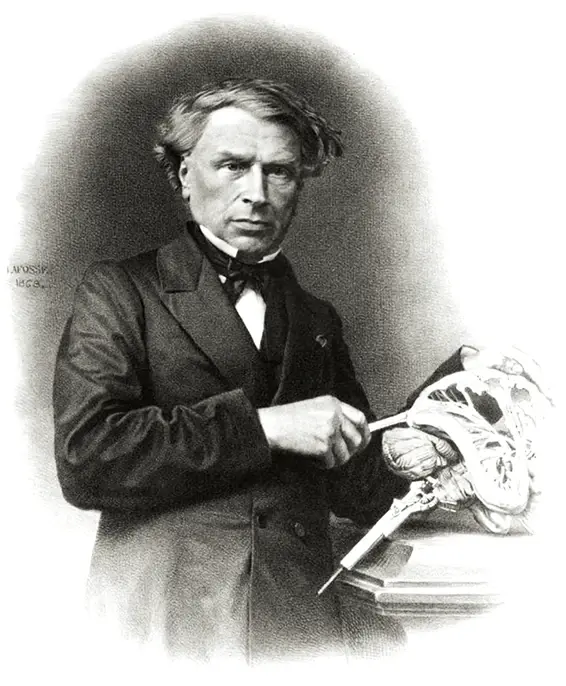
Want to know more?
Bibliography
DR. AUZOUX’ BOTANICAL AND ANATOMICAL MODELS
Degueurce. (2013). The anatomical models of Dr Auzoux, an industrial success in the service of veterinary medicine. Bulletin de La Société Française d’histoire de la médecine et des sciences vétérinaires, 13, 7–33.
Cocks, M. M. (2013). Dr Louis Auzoux and his collection of papier-mâché flowers, fruits and seeds. Journal of the History of Collections, 26(2), 229-248. https://doi.org/10.1093/jhc/fht036
Olszewski. (2011). Dr. Auzoux’s botanical teaching models and medical education at the universities of Glasgow and Aberdeen. Studies in History and Philosophy of Science. Part C, Studies in History and Philosophy of Biological and Biomedical Sciences, 42(3), 285–296. https://doi.org/10.1016/j.shpsc.2011.01.001
NATURAL HISTORY MODELS AND LEARNING TOOLS
Bommel, B. van. (2015). Between "Bildung" and "Wissenschaft": The 19th-Century German Ideal of Scientific Education. European History Online (EGO). Leibniz Institute of European History (IEG), Mainz. Retrieved from http://www.ieg-ego.eu/bommelb-2015-en URN: urn:nbn:de:0159-2015120917 [YYYY-MM-DD].
Botanical Art & Artists : Past maters of botanical art & illustration. https://www.botanicalartandartists.com/famous-botanical-artists.html
Brazier, J., & Duggins, M. (n.d.). Visualising nature: Models and wall charts for teaching biology in Australia and New Zealand. Recollections. Retrieved from https://recollections.nma.gov.au/issues/volume_10_number_2/papers/visualising_nature
Brendel, M., & Goudeau, S. (2019). Botanical Legacies from the Enlightenment. Retrieved from https://www.unine.ch/files/live/sites/irege/files/shared/documents/publications/2019/Brendel_Goudeau_-_Botanical_Legacies_from_the_Enlightenment.pdf
Cooper Hewitt Museum. (2017-2023). Botanical Lessons [Exhibition]. Retrieved from https://collection.cooperhewitt.org/exhibitions/1159161455/
Olry, R. (2000). Wax, Wooden, Ivory, Cardboard, Bronze, Fabric, Plaster, Rubber and Plastic Anatomical Models: Praiseworthy Precursors of Plastinated Specimens. The Journal of Plastination, 15(1), 30-35. Retrieved from https://www.journalofplastination.org/issue/volume-15-issue-1 Rossi-Wilcox. (2008). From reference specimen to verisimilitude: the Blaschkas’ penchant for botanical accuracy. Historical Biology, 20(1), 11–18. https://doi.org/10.1080/08912960701677432
ATROPA BELLADONNA-DEADLY NIGHTSHADE
Campbell, E. A. (2007). DON’T SAY IT WITH NIGHTSHADES: SENTIMENTAL BOTANY AND THE NATURAL HISTORY OF ATROPA BELLADONNA. Victorian Literature and Culture, 35(2), 607–615. https://doi.org/10.1017/S1060150307051662
Fatur, K. (2020). "Hexing Herbs" in Ethnobotanical Perspective: A Historical Review of the Uses of Anticholinergic Solanaceae Plants in Europe. Economic Botany, 74(2), 140-158. doi: 10.1007/s12231-020-09498-w
Forbes, T. R. (1977). Why is it called 'beautiful lady'? A note on belladonna. Bulletin of the New York Academy of Medicine, 53(4), 403-406. PMID: 324554; PMCID: PMC1807294.
Lee, M. R. (2007). Solanaceae IV: Atropa belladonna, deadly nightshade. Journal of the Royal College of Physicians of Edinburgh, 37(1), 77-84. PMID: 17575737.
Murray, W. (1901). The toxic action of belladonna plaster. The Lancet, 158(4078), 1154. doi: 10.1016/S0140-6736(01)73581-7
POWO (2021). Plants of the World Online. Facilitated by the Royal Botanic Gardens, Kew. Retrieved August 4, 2021, http://www.plantsoftheworldonline.org
Ramoutsaki, I. A., Askitopoulou, H., & Konsolaki, E. (2002). Pain relief and sedation in Roman Byzantine texts: Mandragoras officinarum, Hyoscyamos niger and Atropa belladonna. International Congress Series, 1242, 43-50. doi: 10.1016/S0531-5131(02)00699-4
Timbrell, J. (2005). The poison paradox: Chemicals as friends and foes. Oxford: Oxford University Press.
POISEONOUS AND HARMFUL PLANTS
Horticultural Trades Association (2022). HTA Guide to Potentially Harmful Plants. 3rd edition. https://hta.org.uk/resources/get?mediaId=8478
Levy, J. (2020). Poisonous plants. New York, New York: Gareth Stevens Publishing.
Quattrocchi, U. (2012). CRC world dictionary of medicinal and poisonous plants : common names, scientific names, eponyms, synonyms, and etymology. Boca Raton, Fla: CRC, Taylor & Francis Group.
Copyright and licenses
Images in the 3D model
Battista Gaulli, Giovanni. Portrait of a Woman. Painting, oil on canvas, 1670s, 75.9 x 59.4 cm. Metropolitan Museum of Art, Gift of Álvaro Saieh Bendeck, Jean-Luc Baroni, and Fabrizio Moretti, in honor of Keith Christiansen, 2014. Public Domain.
Thumbelina next to a glowing toadstool at night in the forest, made by stanley artgerm lau, wlop, rossdraws, artstation, cgsociety, concept art, cgsociety, octane render, trending on artstation, artstationhd, artstationhq, unreal engine, 4k, 8k. AI-Generated Image from Lexica Art.. CC BY-NC 4.0.
Brown, Ford Madox. Romeo and Juliet. Painting, oil on canvas, 1870, 44 x 33cm. Deleware Museum of Art. Wikimedia Common. Public Domain.

